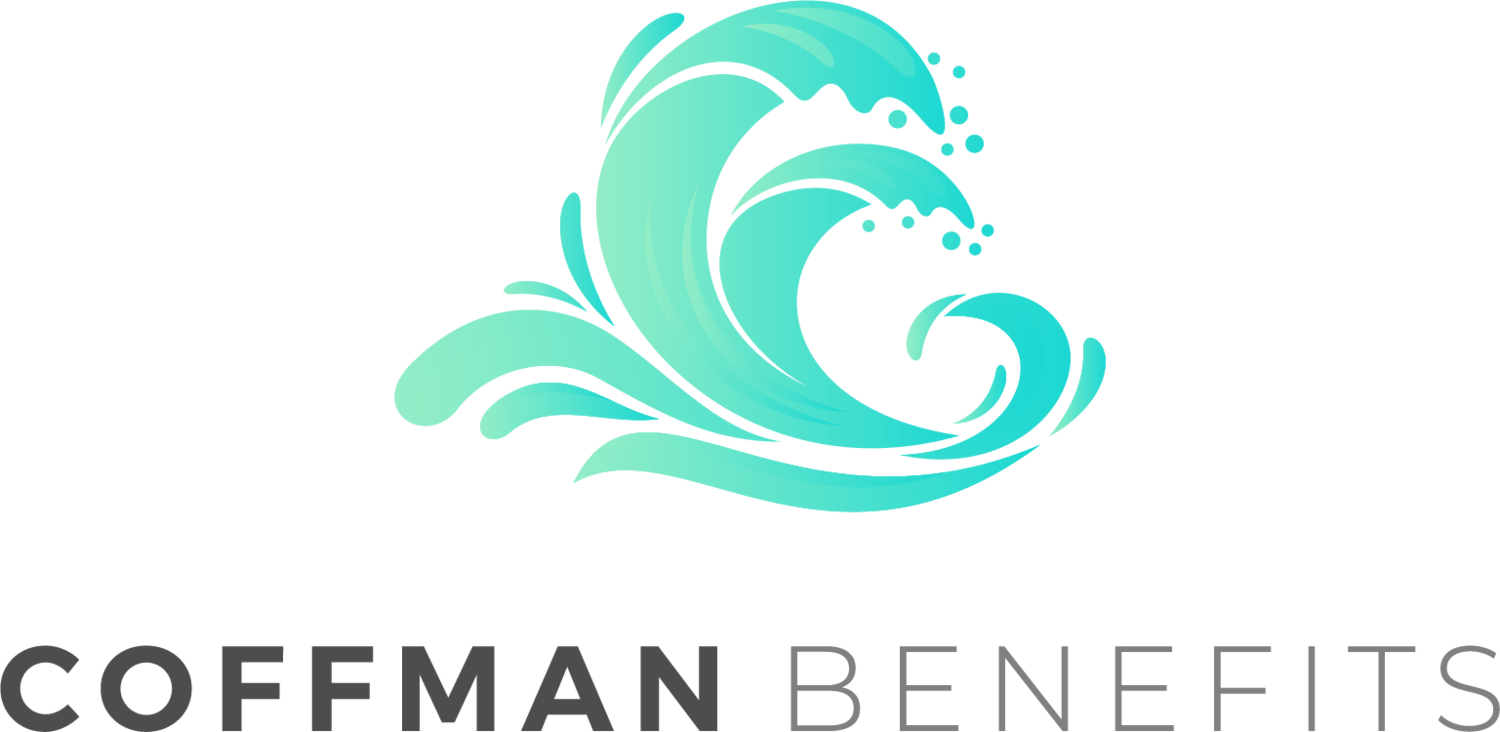Approximately 10 percent of emergency room visits result in hospital admission, according to the most recent data from the U.S. Centers for Disease Control and Prevention. It’s no secret that a hospital stay can be extremely expensive, even with high-quality major medical insurance. A hospital indemnity insurance plan can help offset the costs incurred from a hospital stay. This article further explains this type of coverage.
What is hospital indemnity insurance?
Hospital indemnity insurance is a supplemental insurance plan that can be added to an existing health insurance plan to help cover the costs of a hospital stay. This type of plan pays you a predetermined benefit amount per day for each hospital admission, typically up to a year.
What does hospital indemnity insurance cover?
Most hospital indemnity insurance plans cover inpatient hospital, intensive care unit (ICU) and critical care unit (CCU) admissions and stays. Some plans also cover outpatient surgery, ambulance transportation and continuous care expenses.
What can hospital indemnity insurance cash benefits be used for?
Hospital indemnity insurance benefits are paid directly to policyholders. The predetermined benefit amount can be used to pay for almost whatever purpose the beneficiary chooses. For example, it can be used to cover health insurance deductibles, copays, household bills and out-of-pocket costs.
Are there dependent benefits for hospital indemnity insurance?
In most cases, yes, it is possible to add dependents to a hospital indemnity insurance plan.
Are all hospital indemnity insurance plans the same?
No. You have the ability to customize your plan so that it pays benefits out on maternity visits or ambulance rides, or so that it pays out increased benefits on intense ailments, like strokes or cancer. Adding these features, though, may result in higher premiums.
Is there a waiting period before coverage begins?
Though every policy is different, there is generally a 30-day waiting period before benefits from this type of insurance can be used toward an illness that results in a hospital stay. Talk to your plan agent about the specifics of your plan.
How much does hospital indemnity insurance cost?
The monthly cost of hospital indemnity coverage varies depending on plan choice, age, gender and tobacco use. Premiums typically increase as policyholders age and add dependents to the plan.
Summary
Hospital indemnity insurance helps offset hospitalization expenses that are not covered under major medical plans. As COVID-19 continues to spread across the US, Hospital Indemnity plans are becoming increasingly popular. Contact Coffman Benefits today to find out how this coverage can enhance your benefits package and increase employee satisfaction.


